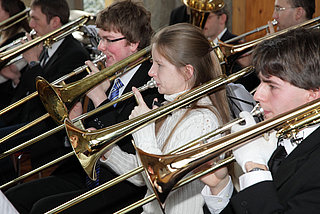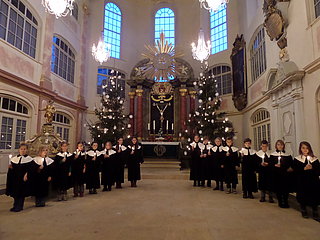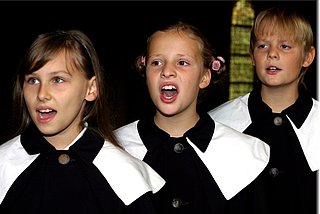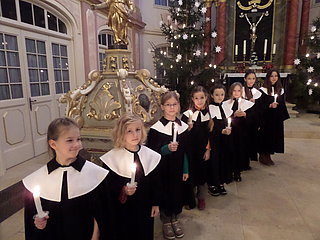
Church Music
Saxony has a reputation for being home to a great deal of Lutheran church music. Saxony is linked to the works of great choirmasters, composers and hymn writers through its 500-year musical tradition. Church music enthusiasts are still attracted to a large number of concerts and musical attractions here.
St Thomas Choir, Kreuzchor and Frauenkirche Dresden
The highlights of musical culture, with a tradition stretching back more than 800 years and global charisma, are the two boys’ choirs – the St Thomas Choir in Leipzig and the Dresden Kreuzchor. The Frauenkirche in Dresden has become a magnet for tourists and music lovers since being reconstructed.
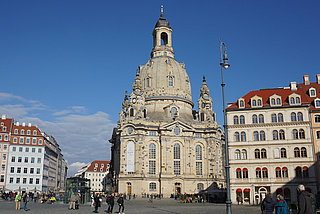
Organ tradition in Saxony
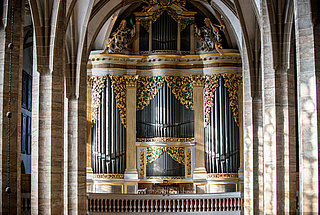
Evidence of organs in Saxon churches has existed since the end of the 13th century. There are currently 1450 organs in Saxony – 80 of them were built in the 18th century, 602 in the 19th and another 364 were constructed between 1900 and 1945.
A large number of historic organs have been preserved due to their high quality and an awareness of the need to look after them; this started at an early stage. This still colours the organ landscape in Saxony and attracts enthusiasts from all over the world every year.
The most important organ builder here was Gottfried Silbermann. He learned his trade by spending time with his older brother in Strasbourg and returned to Saxony in 1710. In his life work, which involved about 50 organs, he combined French and Saxon organ building traditions to form a range of instruments that did not feature a great deal of variety, but could be produced efficiently. The extraordinarily high level of craftsmanship and the melodious design of these organs to meet the requirements of the day became just as much a standard for those who perpetuated his tradition as his rivals.
Friedirch Nikolaus Jahn, Friedrich Ladegast and Richard Kreutzbach were some of the most innovative organ builders in the 19th century, but many other, less well-known workshops produced high-quality instruments too.
The centres of organ music in Saxony are not just found in the major cities of Dresden, Leipzig and Chemnitz, but also in Freiberg/Saxony. The cathedral in Freiberg is not only home to Saxon regional history, but also has two world-famous Silbermann organs.
Kurrende singers and Posaunenchor brass ensembles

Kurrende
The so-called “Kurrende” groups are one special Lutheran choral tradition for children. Originally, making music in a Kurrende group was an opportunity for poor pupils to earn some money by singing. Even Martin Luther went from house to house as a young Kurrende singer or sang at special festivals. The Reformation maintained this tradition.
Kurrende groups are now part of Protestant tradition. There are more than 500 Kurrende groups and children’s choirs in Saxony. The Kurrende singers are aged between 6 and 14.
Bereich
Bereich
Posaunenchor
There is evidence that Lutheran brass ensembles existed as early as the 18th century in the Moravian Church in Upper Lusatia. The brass ensemble work then became a huge movement in the 19th century as part of the revival and efforts to evangelise people.
Brass ensembles play in churches and in the open air too. They accompany singing in church and play instrumental music. They make music in church services and also at hospitals and old people’s homes.
Brass ensembles are a Lutheran trademark. The German UNESCO Commission included the tradition of brass ensembles on its national list of intangible cultural assets in 2016.
